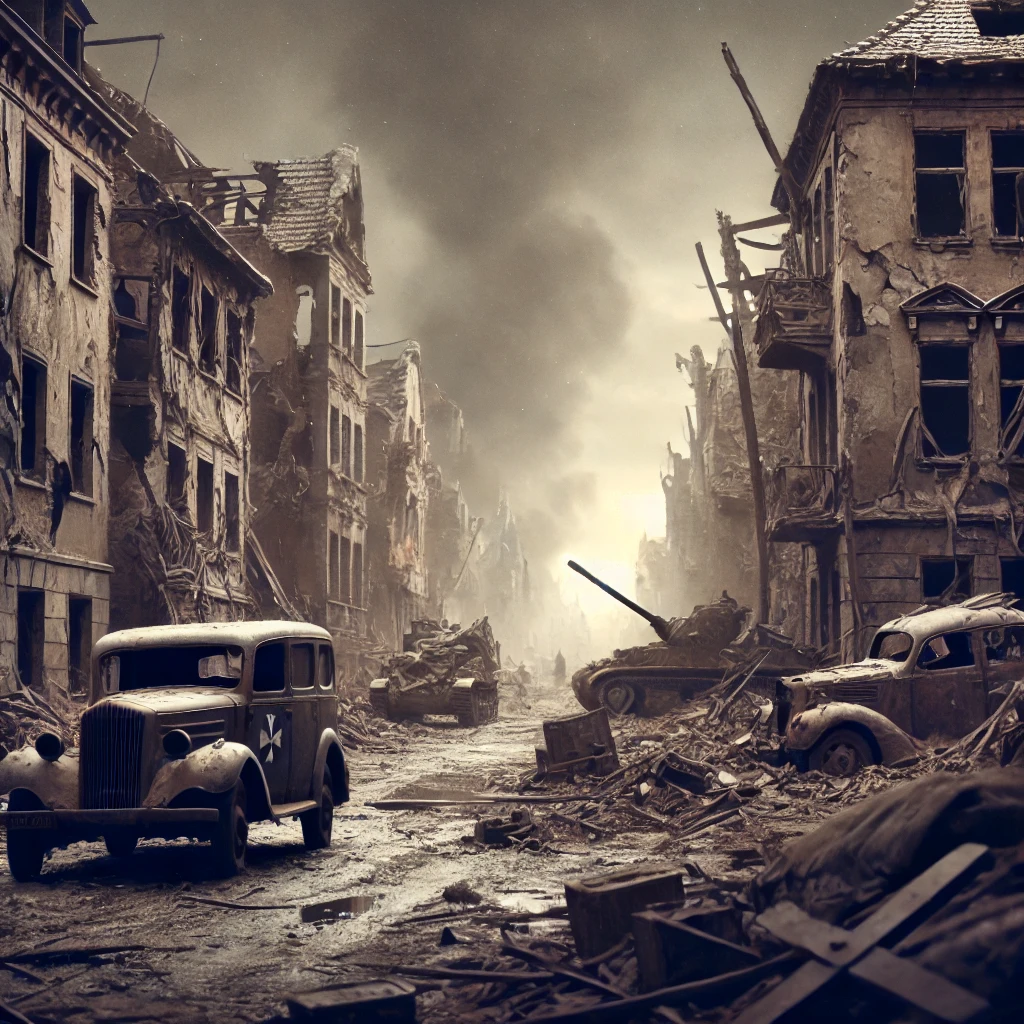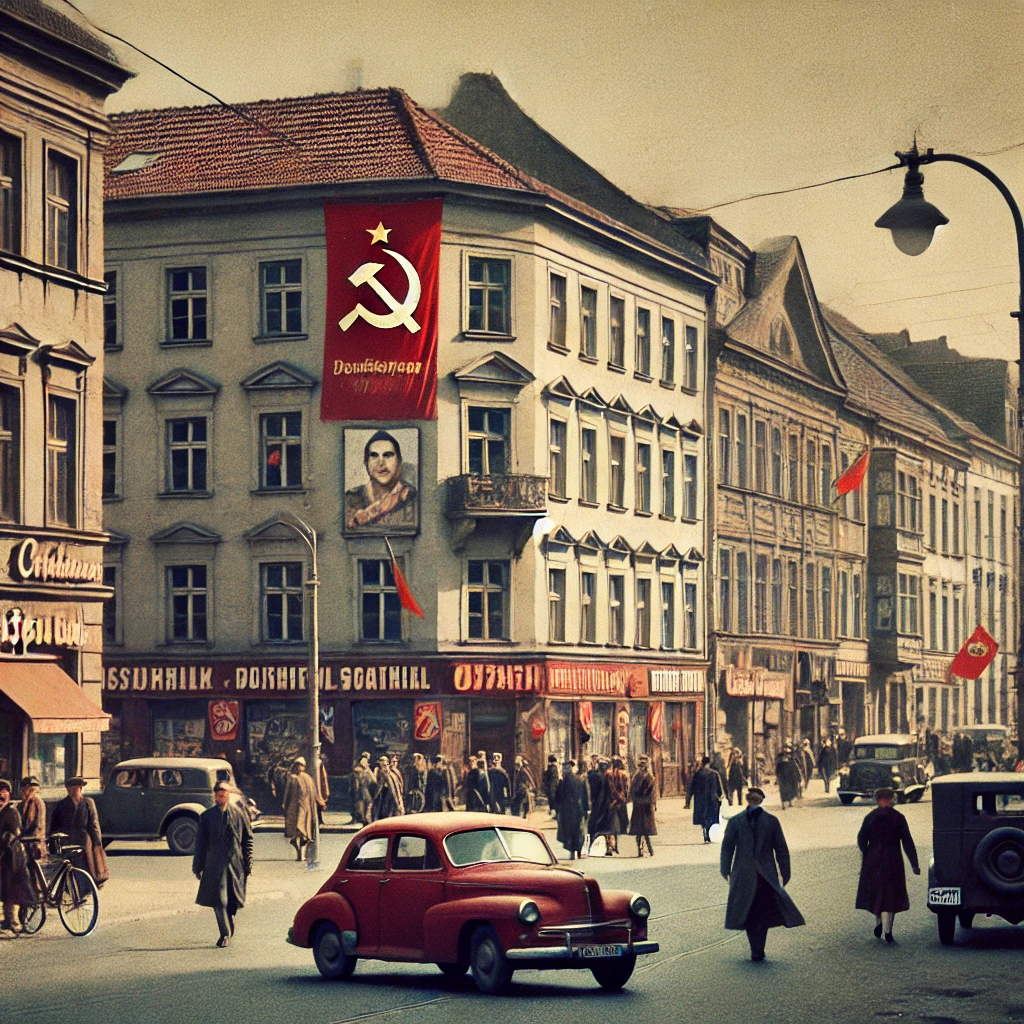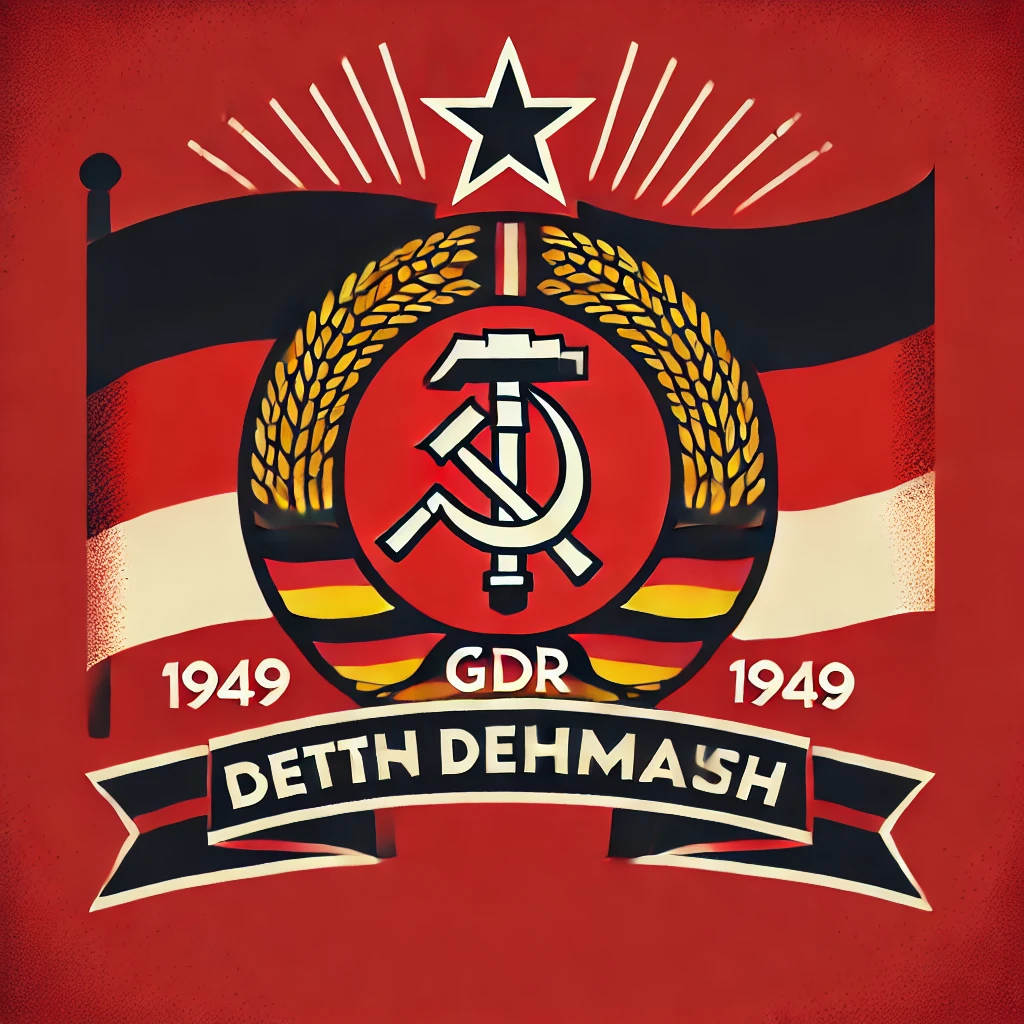On October 7, 1949, the German Democratic Republic (GDR), commonly known as East Germany, was officially proclaimed as a sovereign state. This momentous event came in the wake of World War II, during which Germany was divided into occupation zones controlled by the Allied powers. The establishment of East Germany marked a significant shift in post-war Europe, solidifying the division of Germany into two separate entities that would exist in stark contrast to each other until their reunification in 1990.

The Historical Context
Following the end of World War II in 1945, Germany was divided into four occupation zones, controlled by the United States, the United Kingdom, France, and the Soviet Union. While West Germany (Federal Republic of Germany) emerged as a capitalist democracy, East Germany was formed under the influence of the Soviet Union, embracing a socialist framework that aligned with Communist ideals. This division reflected the growing tensions of the Cold War, which polarized Europe and set the stage for decades of geopolitical conflict.
The constitutional foundation of East Germany was laid on October 7, 1949, when the newly established government adopted a socialist constitution. The GDR was officially recognized by the Soviet Union and other communist states, and its leadership sought to establish legitimacy through a commitment to socialism and the principles of the working class. The GDR’s leaders, including Walter Ulbricht, emphasized the importance of creating a society free from capitalist influences, positioning themselves in direct opposition to the West.

Life in East Germany
Under the GDR’s socialist regime, the government implemented a series of policies aimed at transforming East German society. The state sought to control various aspects of life, including the economy, education, and cultural expression. Industries were nationalized, and collectivization efforts aimed to eliminate private ownership in agriculture. The government prioritized heavy industry and sought to improve living standards, yet these efforts often fell short, leading to economic challenges and discontent among the populace.
Life in East Germany was marked by strict government surveillance and repression. The Stasi, the state security service, monitored citizens and enforced loyalty to the regime. Freedom of expression was limited, and dissent was often met with harsh consequences. Despite the challenges, some East Germans found ways to navigate the system, fostering a sense of community and resilience amid the oppressive political climate.
The Division of Germany
The proclamation of the GDR further solidified the division of Germany into two distinct nations: East Germany and West Germany. This division was emblematic of the larger ideological conflict between the capitalist West and the communist East during the Cold War. The Berlin Wall, erected in 1961, became a physical manifestation of this divide, symbolizing the restrictions placed on East Germans and the stark contrast between life in the two countries.

For decades, the GDR existed alongside the Federal Republic of Germany, with each state pursuing its own political, economic, and social policies. While West Germany experienced economic prosperity and democratic governance, East Germany struggled with economic inefficiencies and political repression. The division was not merely geographical but also cultural, as citizens in both countries developed distinct identities shaped by their respective political systems.
The Road to Reunification
The fall of the Berlin Wall on November 9, 1989, marked a pivotal turning point in German history, leading to the eventual reunification of Germany on October 3, 1990. The peaceful protests in East Germany, fueled by a desire for freedom and reform, ultimately dismantled the oppressive regime that had governed the GDR for over four decades. The reunification process was a complex and transformative journey, requiring the integration of two vastly different societies.
The legacy of the GDR continues to be felt in modern Germany, as the country grapples with the historical and social implications of its division. The experiences of East Germans during the socialist era remain a topic of discussion and reflection, influencing contemporary political discourse and cultural identity.
The proclamation of the German Democratic Republic on October 7, 1949, marked a significant chapter in the history of post-war Europe. The establishment of East Germany not only reflected the ideological divisions of the Cold War but also set the stage for decades of conflict, resilience, and eventual reunification. As we reflect on this historical event, we recognize its impact on German society and the enduring legacy of a divided nation. The story of East Germany serves as a reminder of the complexities of political ideology and the human spirit’s quest for freedom and self-determination.
